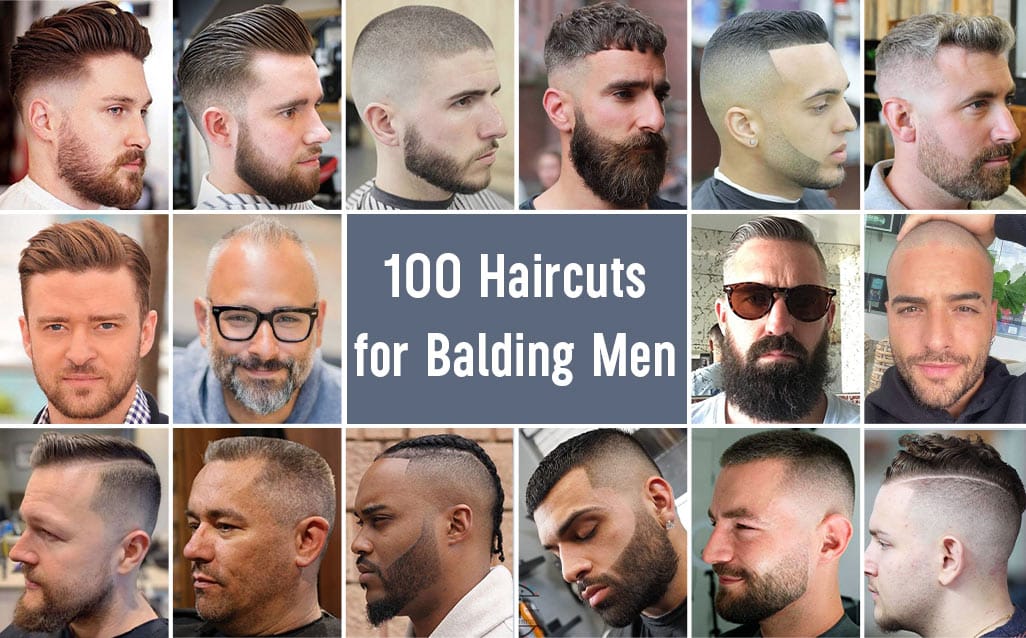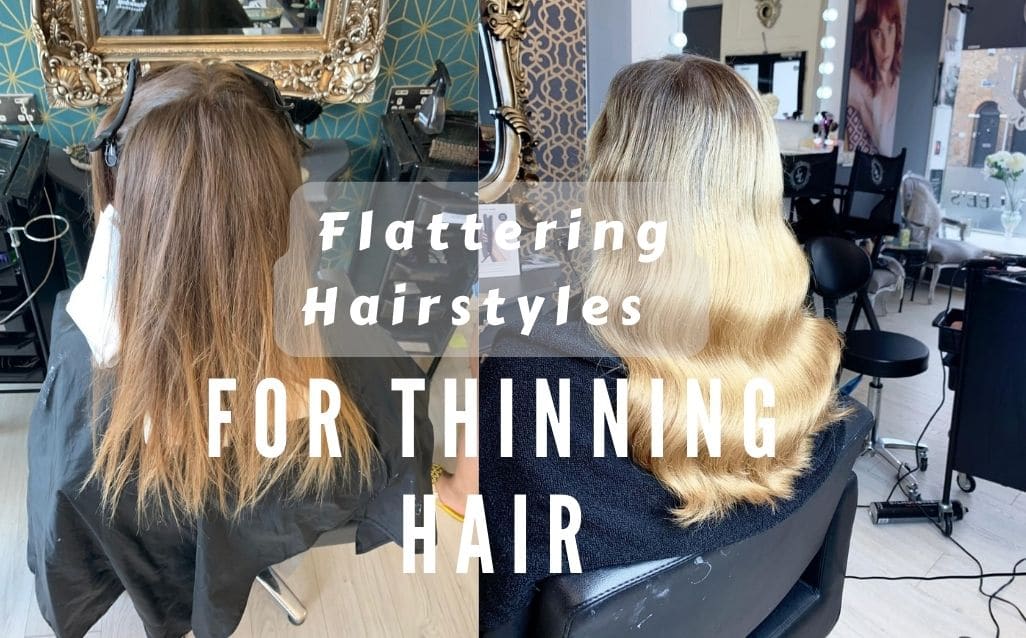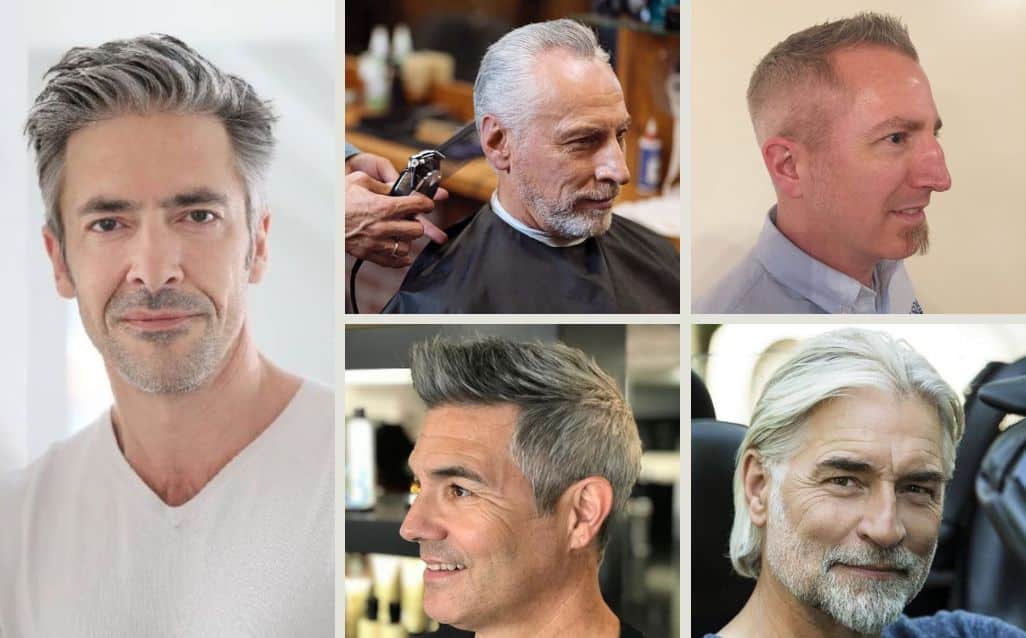When you choose a wig or hair replacement system, the type of knotting is an important factor that greatly matters how natural the hairpiece looks.
Bleaching is a way to deal with knots. Many customers are confused about the difference between bleached knots and unbleached knots. This blog will help you figure out which one your clients might prefer when you are wavering between them.
You can also click to learn how to bleach knots on your wig or hair system if you are interested.
What is Bleached Knots Look Like?
Bleach is a chemical process to make the hair color appears lighter. For hair systems in natural black color ventilated by single knots or double knots, the hair root will appear rather detectable. After being processed by bleach powder to lighten the hair roots, the hair knots will become lighter and thus less detectable. The base will appear so realistic that it creates an illusion of hair naturally growing out of the scalp.
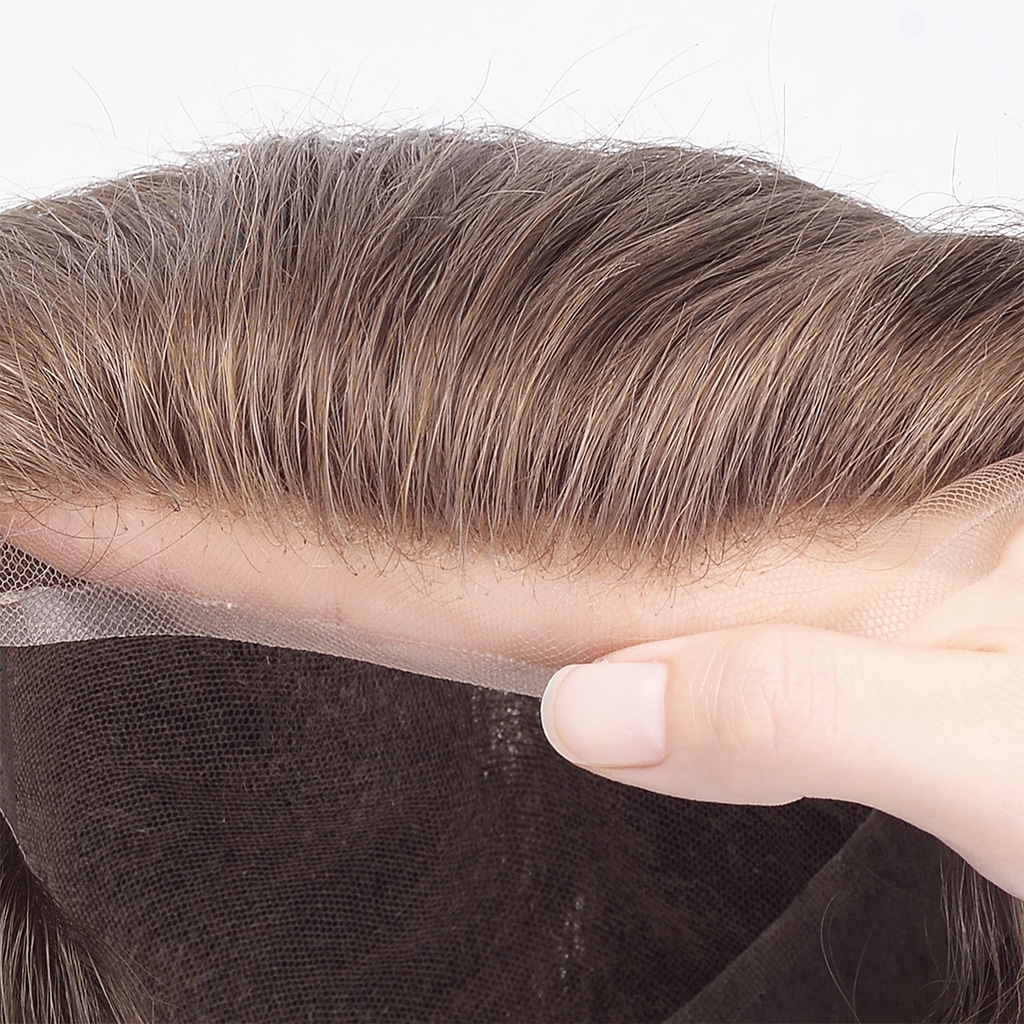
However, not all hair replacement systems can have bleached knots. We usually apply it to lace hair systems like French lace or Swiss lace.
On the other hand, bleaching knots may bring some bad effects on the hair replacement systems. If all the knots on the hair replacement system are bleached, the lifespan will be shortened for the hair knots bleached will become very fragile and more vulnerable to breakage and shedding.
Thus, we usually limit the bleaching to only specific areas, for example, the front hairline or the hair parting.
What is Unbleached Knots Look Like?
It is not difficult to tell from the name that unbleached knots are namely hair knots that do not get bleached. Compared with bleached knots, the color of unbleached knots is darker, which means it is more noticeable.
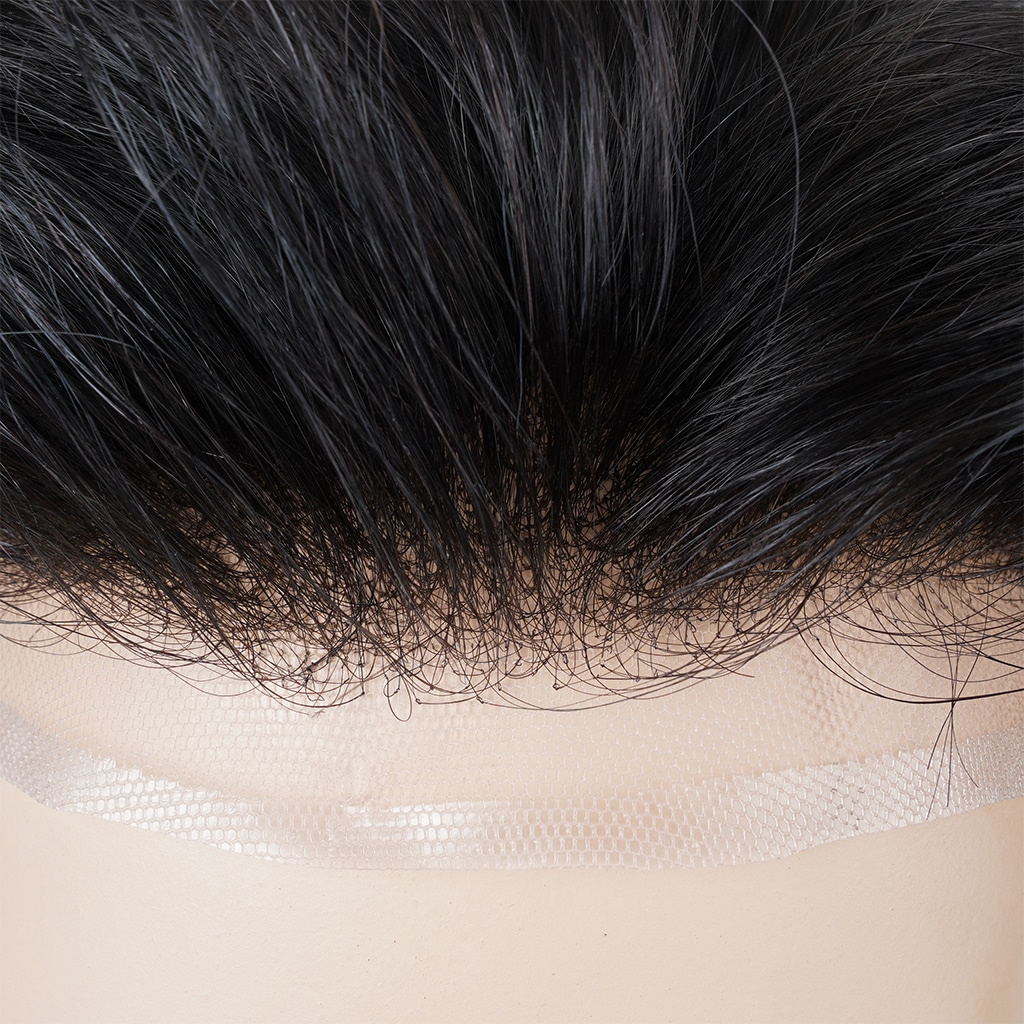
However, without bleaching, unbleached knots mean a longer lifespan. They are stronger and less vulnerable to have shedding problems.
Some customers would choose unbleached knots because hair replacement systems with unbleached knots are typically cheaper and more durable.
Although unbleached knots are undetectable when looking far away, they can be very noticeable when spotted closely. It is easy for others to notice you are wearing a hairpiece. In other words, your hair would appear fake.
Bleached knots VS unbleached knots: Is it necessary to bleach knots?
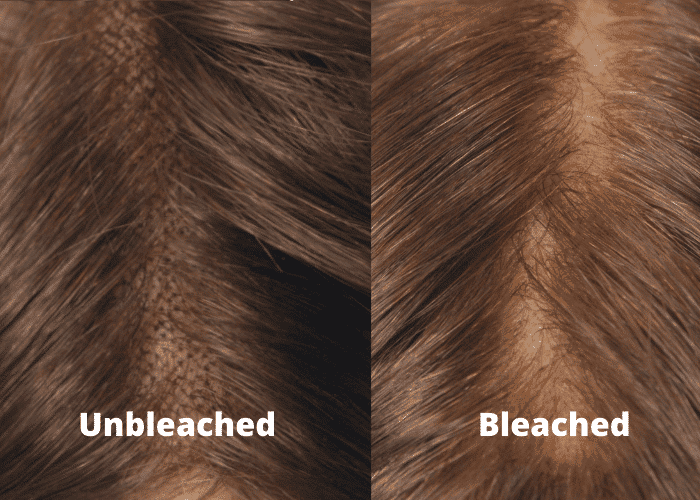
It depends on your clients’ needs speaking of whether it is necessary to bleach knots.
If your clients pursue a very natural appearance, human hair toupee with bleached knots is undoubtedly a better choice as bleached knots are virtually invisible. And it is hard for people to detect the hairpiece even at close range.
But if your clients prefer a cheap and durable one, a toupee with unbleached knots is more suitable.
Given the impairment in lifespan that bleaching has for a hair system, customers usually only bleach the knots at the front area of a wig. And our current bleaching techniques allow us to bleach the hair roots into a very natural light color without causing much damage to the roots and to customize the bleaching size and area as we wish.
How to Bleach Knots on a Wig or Hair System?
If you are interested in bleaching knots on a wig or hair system, we have to inform you there are certain risks associated with bleaching knots yourself. The darker the hair, the more difficult it is to bleach the knots. Improper bleaching can result in hair that sheds quickly and excessively. If you’re new to bleach knots, we highly recommend you request bleaching knots from your supplier when you place the order.
However, if you prefer to do it yourself, you can check our detailed instructions on how to bleach knots on a wig using the same techniques the professionals use at New Times Hair.
